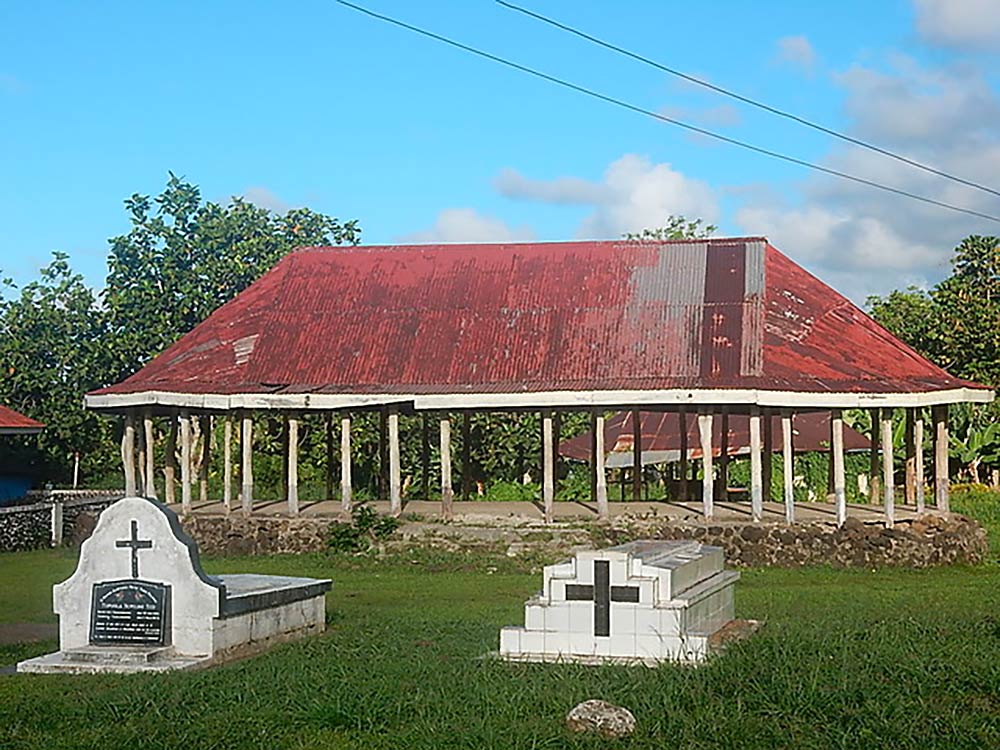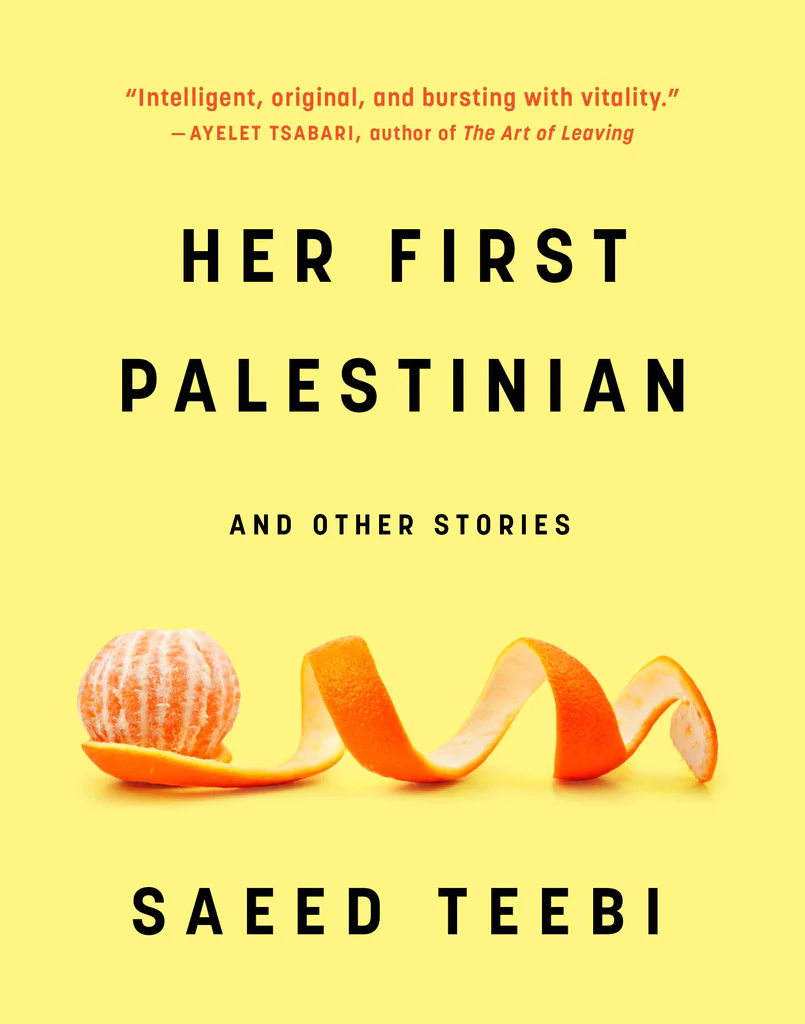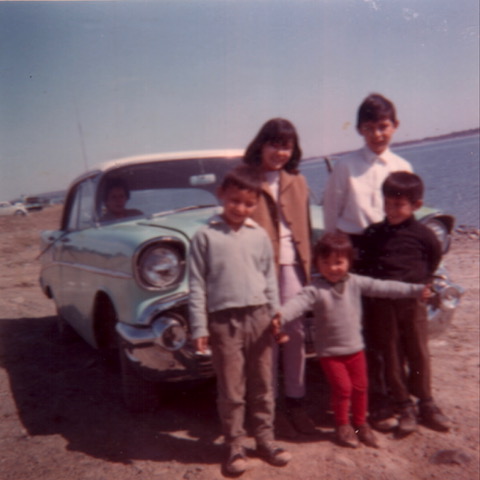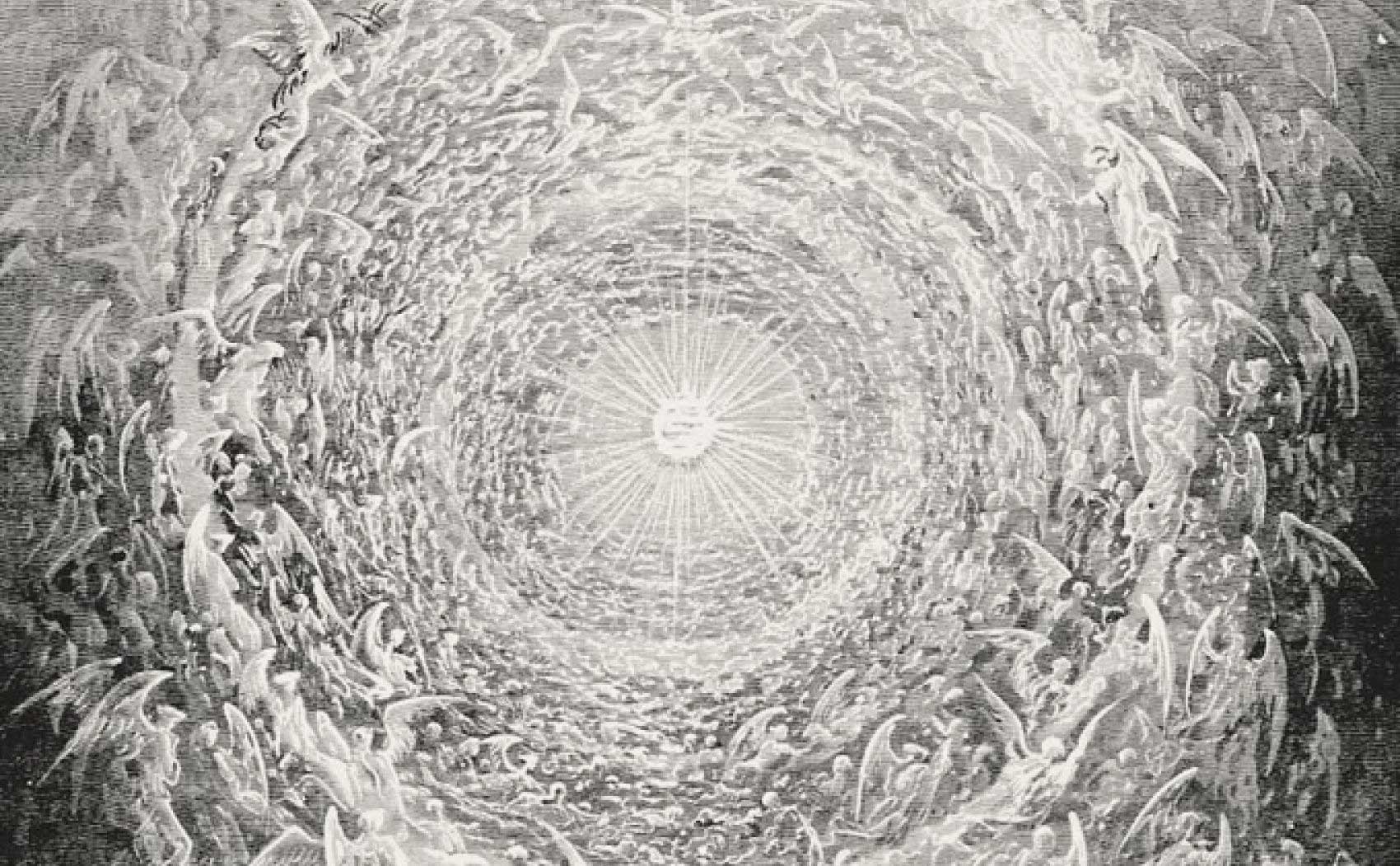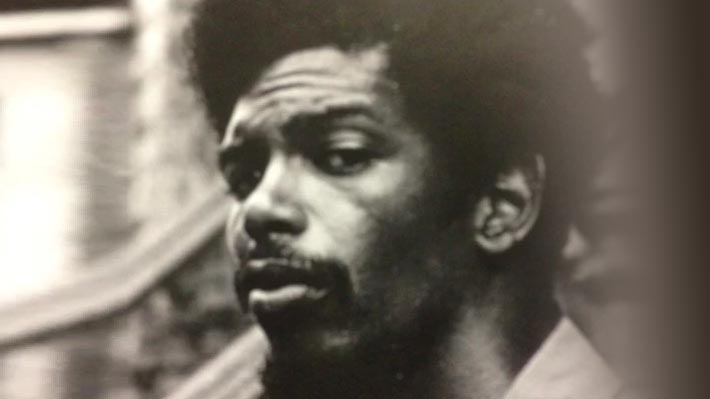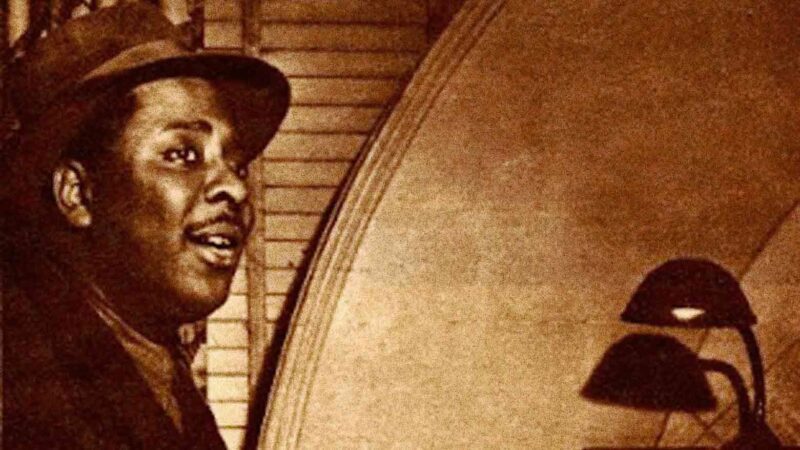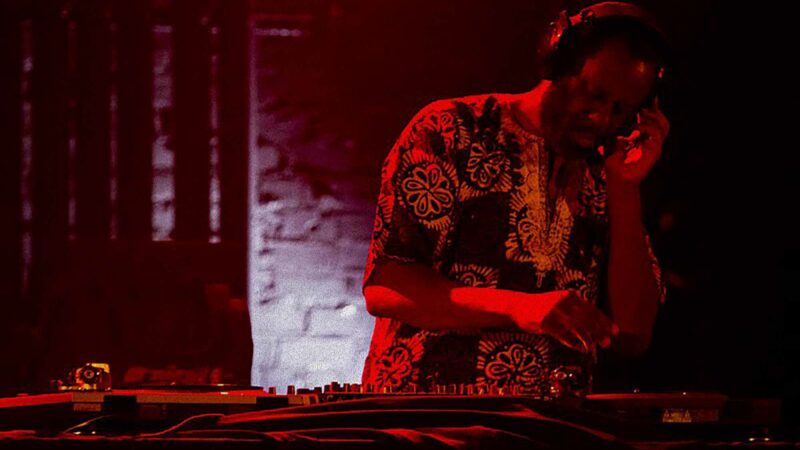Sharon Lax, Shattered Fossils (Toronto: Guernica, 2020). Paperbound, 248 pp.
The thirteen stories in Sharon Lax’s debut collection Shattered Fossils display the author’s diverse knowledge and skills. Some are narrated in first person, others in third, and one in second; some stories are fanciful, even bordering on magical realism (ghosts and tropes from folklore feature in a few), while others are grounded in the quotidian. One story uses atavistic diction, helping set the nineteenth-century scene, while others slip from English into snippets of French, Arabic, or Icelandic and their respective present-day vernaculars, such that readers may enjoy vicariously thé à la menthe at a café in Montréal’s Mile End or meander through a concert hall in Reykjavik.
While this may sound as though the collection is somewhat scattered, a common theme does link the stories. Lax uses subtle metafictional devices to remind readers that the stories are fundamentally about narrative and its forms, functions, and effects. More precisely, the stories engage deeply with how the past and history might be reassessed and perhaps revised – to reflect more accurately what happened – whether narratives are personal, political, or both. In so doing, the stories open vistas toward gaining better understandings of the present. As such, readers might find in them some inspiration for reconsidering personal and collective history, as we continue to grapple with (or possibly emerge from) the global COVID-19 pandemic. Lax’s stories further the journey of questioning pre-pandemic “normalcy.” They may also suggest means to creating a future world that resists or dispenses with that so-called normalcy and its attendant oppressive ideologies, including colonialism, capitalism, heteronormativity and the binaries of sex and gender, and anthropocentrism.
Many of Lax’s protagonists are engaged in a process of reconsidering history that can be understood as genealogical, in Michel Foucault’s terms. His concept of genealogy, as presented in The Archaeology of Knowledge (1969), “displaces archaeology restricted to material excavations and works it into a method of archival and philosophical conditions of knowledge – its objects, statements and assumptions.”[1] A genealogy, in Foucault’s view, is concerned with investigating discourse and language, and what these reveal about both the past and where we are now. It is also an “explanation of where we have come from” and “[its] purpose is to tell us how our current situation originated, and is motivated by contemporary concerns.”[2]
Indeed, many of the protagonists in Lax’s stories seek clarity regarding their present circumstances and ontologies. Some characters seek what may have been hidden from them, while others reveal what they may have, perhaps out of necessity, hidden from others, via internal monologues and dialogues with other characters. The stories reveal how various idealizing discourses, from the traditional historical to the private or personal, contributed to knowledge or lack thereof. A couple of stories make reference to Canada’s colonial history, for example, as protagonists lament the ways that educational and other institutions obscured or erased knowledge of Indigenous cultures and communities, upholding policies of cultural genocide that sought to assimilate or destroy the peoples and their cultures.
In “Les monstres affectueux / Affectionate Monsters,” for example, the protagonist, Marie-Thérèse, ruminates on three levels of history: the place where she lives and its connection to colonialism and the erasure of Indigenous peoples; her ancestry and the damaging repercussions of the Acadian Expulsion; and conflicts with immediate family members due in part to the secret her twin sister concealed from her when they were teenagers. Once their father dies, Marie-Thérèse burns down the barn on the family farm – her way of exercising agency and attempting to revise personal history. This act is, on one hand, drastic in its effective erasure of that history; on the other, however, the fire destroys a material object that stood for the trauma with which she had struggled to come to terms, thus creating an opportunity for renewal. Italian philosopher Giorgio Agamben states that “one must be able to include the constitution of the subject within one’s plot of history, precisely in order to be able to dispense with it once and for all.”[3] Incinerating the barn and dispensing with this part of her history allows Marie-Thérèse to concretely confront her trauma and its effect on her life; the burning is a kind of symbolic rebirth, providing a form of healing that years of therapy could not.
In the second story, “An Ark of Gopherwood,” Joshua apostrophizes the hospitalized and unconscious Thomas, friend and former mentor, whose wife (a younger woman) has been having an affair with Joshua. Joshua’s bedside soliloquy revisits key points in the men’s long relationship, as well as a confession and an apology. Not simply reminiscing, however, Joshua tells Thomas how he sees him, in language that is one part roast and one part elegy. Reproaching Thomas as a historian, Joshua accuses him of being a “feverish disbeliever in the very field you fiendishly defend, [with] disdain for the process of history: your arguments threaded along the idea that intractable narratives threaten our reconstitution of events.”[4]
Thomas, then, as Joshua describes him, is someone who argues against “intractable narratives,” is a deconstructionist, calling into question the relationship between text and meaning, and positing the instability of a single truth and the impossibility of certain knowledge. Within a deconstructionist framework, meaning often depends on context and on subjective interpretation. The story’s title alludes to the Biblical story of Noah’s ark: some translations of the Bible suggest that the type of wood used was not gopherwood but rather cypress, cedar, or pine. Some have argued that the Hebrew word kopher, meaning “pitched wood,” was misread by translators as gopher. In the miasma of language and history, as a symbol, an ark of gopherwood perhaps represents the differing perspectives Joshua and Thomas have with respect to their shared history, and the concomitant multiplicity of meanings and imperfect knowledges.
Here lies a nod to postmodernism and Jean-François Lyotard’s discussion of the collapse of “grand narratives” – Western culture’s dominant, overarching beliefs about history, science, and so on, which Lyotard postulated could no longer be considered reliable or accurate. A revisionist archaeology/genealogy and deconstructionist post-modernism both allow for fuller, more comprehensive narratives, even as they add complication. This is the case not only in “An Ark of Gopherwood” but also in other stories such as “Four Characters,” which shifts perspectives amongst that of The Writer, The Scholar, The Artist and, most surprisingly, The Scarf. The latter does not have animacy or voice per se, but it is a key element drawing the others together, and through which further insights into context, past and present, can be received by the reader.
As the content of Lax’s stories engage with notions of multiplicity, the stories’ formal characteristics also often involve structures or devices that play with or outright reject the grand narrative. One such is the embedded story, in which characters assert authority and challenge notions of “truth” as presented in a range of normative ideologies. For example, in “The Earl of Beaconsfield,” the first-person narrator is Benjamin Disraeli, who twice served as prime minister of the United Kingdom in the early 19th century. As Disraeli sits for a portrait, he reveals a secret to the painter; allusions and details offered in flashbacks ask readers to engage in a thought experiment around sex and gender roles past and present. If, for example, we discovered that certain historical leaders presented a public gender identity that did not reflect their own sense of their gender, would our perceptions of them change, and if so, how? Given that, even in 2020, 90% of people around the globe bear some form of bias against women, this is no idle rhetorical question.[5]
The sixth story, “Freedom,” which straight off the mark hints that its protagonist is a cow, calls into question the primacy of human subjectivity and epistemology. That Lax chooses the word “children” to describe the cow’s calves might be disconcerting for some readers unaccustomed to thinking that livestock have kin in the way that humans do. The word might also create some confusion around the protagonist’s identity, as well as the setting (allusions to Nazi Germany’s Holocaust trains might be more apparent for some readers, causing them at first to see the protagonist as human). Furthering this confusion is the way a human being is described toward the story’s end – as “one of those awful furies,” as an “it” whose sweat reeks of “milky dampness worse than anything” the cow senses from her own kind inside the cattle car.[6] Here, the human is “other” – casually rendered a thing in much the same way that, in the context of anthropocentric cultures, many humans have become accustomed to categorizing animals and other living beings.
As a cohesive volume, Lax’s stories prompt questions about how narratives have influenced us, for good and for ill: what harms have certain kinds of stories caused, both individually and socio-politically? How can we rewrite our stories, our myths of creation or nation, in order to expand our view of what’s possible going forward, even as doing so might mean shrinking our choices? (Several stories, including “Freedom,” challenge tacitly or explicitly the presumption that eating other animals is acceptable.) Indeed, Shattered Fossils reveals that story has often been a means of establishing systems of oppression, but that story may also offer a way to take stock, revise, and resist – as one of the cows in “Freedom” repeats. Lax’s title is apt, alluding to the imbrication of past objects (and ideologies) but also their destruction. Even stone, and that which is written on it or embedded within it, is not infallible and can be demolished.
In “An Ark of Gopherwood,” Joshua recalls something Thomas once said: “Dangerous times when stories author our world.”[7] But perhaps the danger simply depends on the kind of story, who’s telling it, and what the agenda is. For history and story-writing both are, as Anna Cox says of photography and writing, “make-believe processes that can remake norms and shift beliefs.”[8] Like any medium or tool, writing – story, narrative – can be used for good or for ill. Lax’s stories leave us with a final question: What stories can we begin to tell, in order to remake norms and create an equitable and just post-pandemic world?
[1] Jussi Parrika. “Archaeology.” Machinology: Machines, Noise and Some Media Archaeology. January 9, 2014. https://jussiparikka.net/2014/01/09/archaeology/. Accessed July 1, 2020.
[2] Mark Kelley. “Michel Foucault (1926–1984).” Internet Encyclopedia of Philosophy. N.d., https://www.iep.utm.edu/foucault/#SH3e. Accessed July 1, 2020.
[3] Giorgio Agamben. “Philosophical Archaeology.” Law Critique (2009) 20, pp. 211–231. DOI: 10.1007/s10978-009-9052-3, p. 213.
[4] Lax, p. 6.
[5] Liz Ford. “Nine out of Ten People Found to Be Biased against Women.” The Guardian (UK), March 5, 2020, https://www.theguardian.com/global-development/2020/mar/05/nine-out-of-10-people-found-to-be-biased-against-women. Accessed July 2, 2020.
[6] Lax p. 88.
[7] Lax p. 23.
[8] Anna Cox. “How Photographing a Dumb Paper Bag Led to Writing a Novel.” Literary Hub, June 26, 2020. https://lithub.com/how-photographing-a-dumb-paper-bag-led-to-writing-a-novel/. Accessed July 1, 2020.

